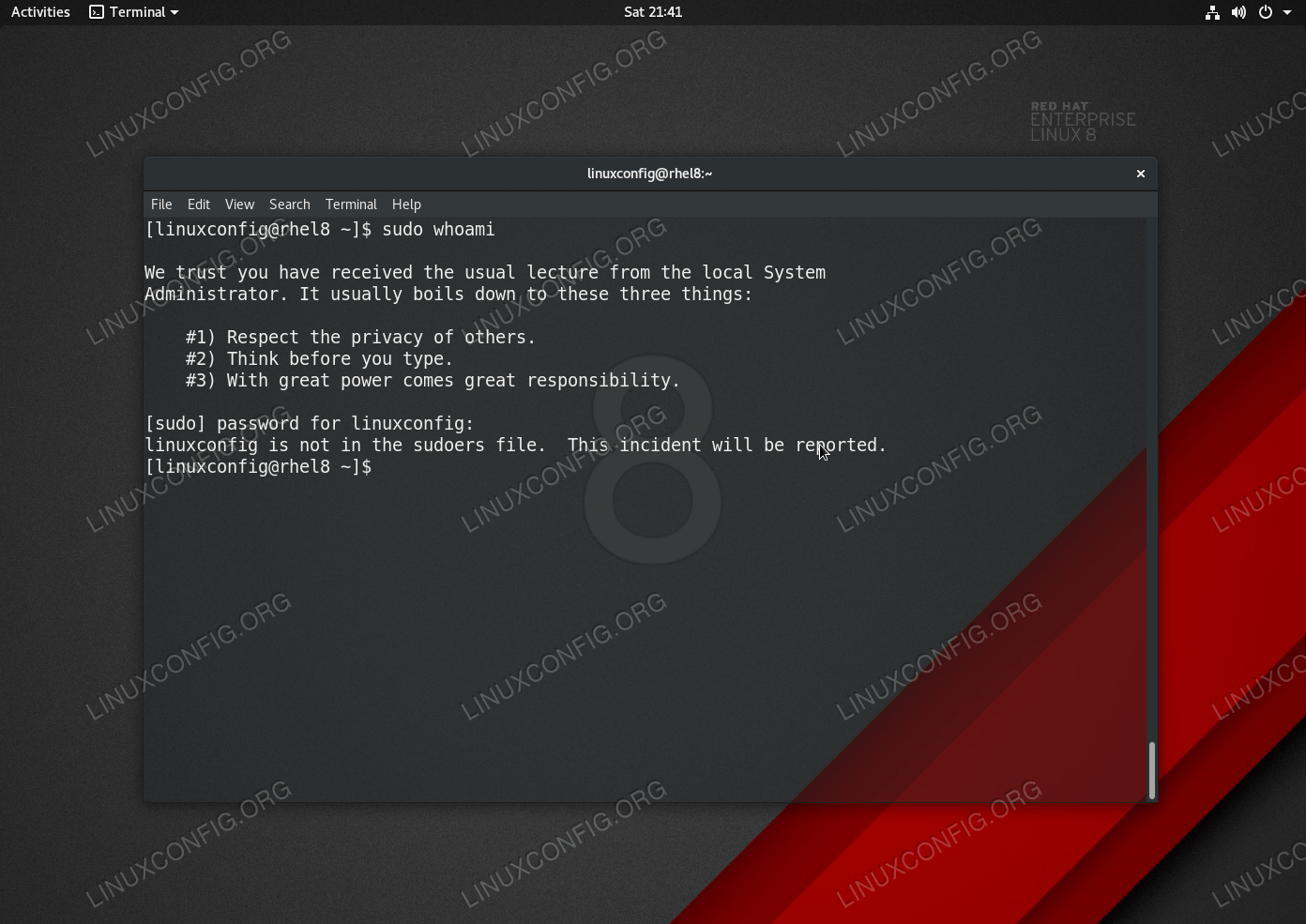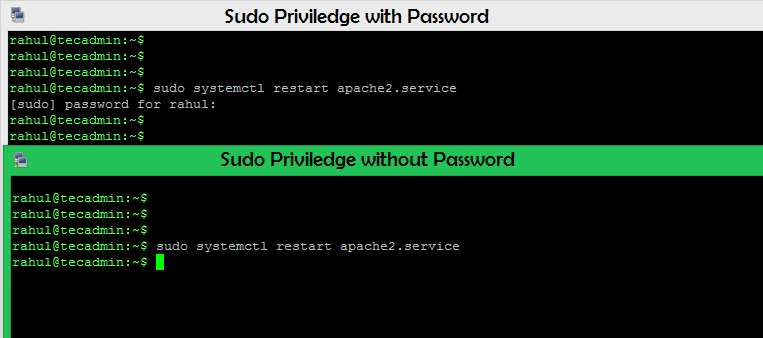
- #Ubuntu add user to sudo without password how to#
- #Ubuntu add user to sudo without password full#
- #Ubuntu add user to sudo without password password#
It seems like with this module in place we can have completely passwordless accounts. While doing some research on this topic I found pam_ssh_agent_auth project, which from my understanding enables the same private/public key authentication as used for ssh connections but for sudo command. I would still want some sort of authentication before users can run sudo commands. I know about sudoers file and NOPASSWORD parameter.
#Ubuntu add user to sudo without password how to#
That means I still need to generate passwords for these users and figure out how to securely get it to them. However, this process becomes useless when these users need to run sudo - the server is still asking for their passwords. This is great because when I create accounts for remote users I don't have to email them sensitive info(passwords).
#Ubuntu add user to sudo without password password#
To run all sudo commands without password prompt as any user,group on all hosts, enter the line below in sudoers file.SSH with public-private key authentication comes enabled by default with most Linux distributions. To restart the Network Manager with sudo systemctl restart NetworkManager You can simply put this line to user specific sudoers file as follows visudo -f /etc/sudoers.d/john john ALL=(ALL) NOPASSWD: /bin/systemctl restart NetworkManager john ALL=(ALL:ALL) NOPASSWD: /bin/systemctl restart NetworkManager To restart NetworkManager as any target user and group, add the line below to sudoers file. john ALL=(ALL) NOPASSWD: /bin/systemctl restart NetworkManager Sudo has an option called NOPASSWD that can be used to specify commands that can be run as sudo without being prompted for the password.įor example, to enable user called john to restart Network Manager on an Ubuntu system as any user without being prompted for password, at the line below to sudoers file. Want to run some commands sudo without being prompted for password? Run sudo Commands Without a Password You can then run these commands by prefixing them with sudo as in sudo systemctl restart NetworkManager sudo systemctl restart command1įor all these commands, you will be prompted to the password for user with which you run these commands as.
#Ubuntu add user to sudo without password full#
For example to locate the full path of the command, command1 which command1 You can find the full path of the command using which command. Replace /path/to/command with the full path of the commands to run and the arguments (if any). To allow a specific user to run multiple specific commands with sudo john ALL=(ALL) /path/to/command1, /path/to/command2, /path/to/command3 etc/sudoers.d/eliza: bad permissions, should be mode 0440 To check the validity of all sudoers config files visudo -c /etc/sudoers: parsed OK echo "john ALL=(root) /bin/systemctl restart apache2" > /etc/sudoers.d/johnĪlways be sure to confirm if the syntax of the sudo configs is okay when you echo commands visudo -c /etc/sudoers.d/johnĮnsure the output is Ok.

Unless the root user is allowed to login, you can try to use echo.

You can easily mess up and loose sudo access to your system. NOTE: Be extra cautions when echoing commands.

Note that while adding sudo privileges for the user, it is more safer to put the user specific sudo configuration under the /etc/sudoers.d directory for example To run specific commands with sudo as any target user, for example to allow user john to restart only Apache service using sudo john ALL=(ALL) /bin/systemctl restart apache2 Next, add the line below john ALL=(root) /bin/systemctl restart NetworkManager To edit sudoers file, you need to be root user or have sudo privileges. This can be done by modifying the /etc/sudoers file or by adding user specific sudoers configuration file under the /etc/sudoers.d directory.įor example, to allow a user called john to restart Network Manager as user root on all hosts, edit the sudoers file and add the line below. So it is possible to enable a user to run only specific commands with sudo in Linux. Our previous guide covered how to add user to sudo group to enable them to execute the commands with elevated privileges.

In this guide, you are going to learn how to run only specific commands with sudo in Linux.


 0 kommentar(er)
0 kommentar(er)
